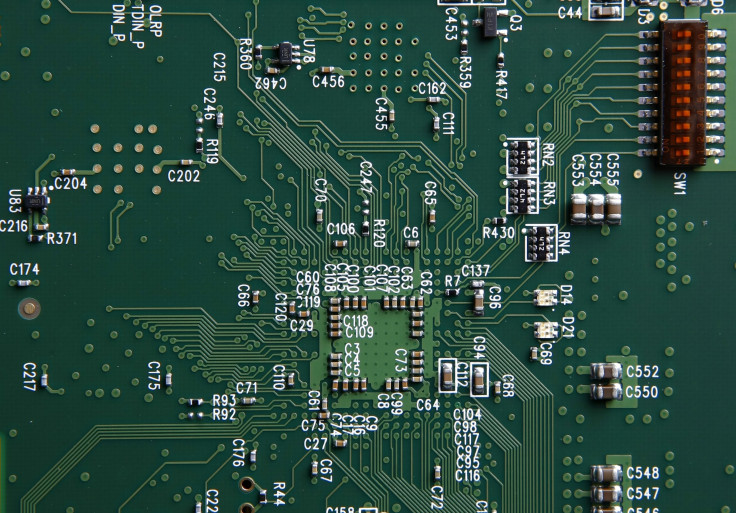Alien Particles From Beyond The Solar System Responsible For Computer Crashes, Researcher Says

The more we use electronic devices, be they handheld devices like smartphones and tablets or the larger laptops and desktop computers, the more we are frustrated by the inevitable crashes and freezes the devices suffer from time to time. And each time that happens, we curse the device manufacturer (or the office tech support) with doing a shoddy job.
But in reality, the actual blame may not lay with the usual suspects at all. In fact, no one on the entire Earth may be at fault. At a Friday presentation in the ongoing annual meeting of the American Association for the Advancement of Science, Bharat Bhuva from Vanderbilt University in Nashville, Tennessee, blamed “these operational failures” on the “impact of electrically charged particles generated by cosmic rays that originate outside the solar system.”
In the morning presentation, titled “Cloudy with a Chance of Solar Flares: Quantifying the Risk of Space Weather,” Bhuva said the millions of invisible, subatomic particles — such as energetic neutrons, muons, pions and alpha particles — that originate very far from our planet, and flow through Earth and our bodies (they have no known negative impact on living tissues) can alter bits of data stored in the memories of electronic devices when they interact with the integrated circuits the devices use. This alteration of data is called a single-event upset, or SEU.
Since SEU does not cause any physical damage, and it is a herculean task to determine the exact location and timing of the impact of these extraterrestrial particles, it is extremely difficult to say with certainty what malfunctions they cause.
“When you have a single bit flip, it could have any number of causes. It could be a software bug or a hardware flaw, for example. The only way you can determine that it is a single-event upset is by eliminating all the other possible causes,” Bhuva explained.
He gave examples of instances when an SEU has been detected, and the potential seriousness of it. An electronic voting machine added extra votes to a candidate in a town in Belgium in 2003, and the autopilot system of a Qantas airplane disengaged in 2008, causing the plane to dive almost 700 feet in less than half a minute.
“The semiconductor manufacturers are very concerned about this problem because it is getting more serious as the size of the transistors in computer chips shrink and the power and capacity of our digital systems increase. In addition, microelectronic circuits are everywhere and our society is becoming increasingly dependent on them,” Bhuva said.

As the size of transistors on integrated circuits has reduced (major smartphone makers like Samsung and Apple are now moving to 10-nanometer thin chips, from the current 16-nanometer chips), and they require less electrical charge to represent data bits, and as devices pack more chips to increase performance, the chance of an SEU occurring is increasing. However, this is partially offset by the fact that the smaller size of the circuits provides a smaller surface area for the extraterrestrial particles to hit. Also, the newer chips use 3D architecture, which is less susceptible to SEUs.
And most critical industries, such as aviation, medical equipment, communications and power, are already taking steps to address this problem. “It is only the consumer electronics sector that has been lagging behind in addressing this problem,” Bhuva said.
The 2017 AAAS annual meeting is underway at the Hynes Convention Center, Boston, from Feb. 16-20.
© Copyright IBTimes 2024. All rights reserved.





















